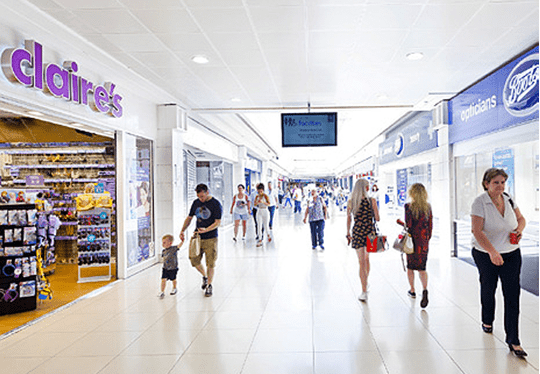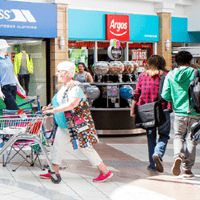Shoppers of all ages and demographics across the UK are using local shopping centres to fulfil a wide range of retail and service needs, including more than just grocery goods.
Analysis of our latest survey into the nature of these local shopping trips has provided several insights into the importance of this sector. The national exit survey of 7,800 shoppers, undertaken across Ellandi’s Community shopping centre portfolio, gives us an accurate account of what is driving these visits.
Local shopping centres often gain more regular visitation from the communities they serve than larger retail destinations. Yet dwell times and basket spend are surprisingly high.
Furthermore, there is increasing evidence that community shopping places can co-exist more readily with ecommerce than larger comparison shopping retail destinations. This is because local shopping centres can provide a key point of difference in the ‘here-and-now’ consumer culture we have grown accustomed to, in terms of availability, convenience, accessibility, service and price point.
Travel, frequency and dwell
The key distinction of functional, convenient retail places is that they serve a local population, with journey times being short. Travel time of less than 10 minutes was recorded for 46% of shoppers in Ellandi’s shopper survey, with 79% of journeys less than 20 minutes.
.jpg)
.jpg)

.jpg)
.jpg)
.jpg)
.jpg)
.jpg)
.jpg)
.jpg)
.png)



.png)